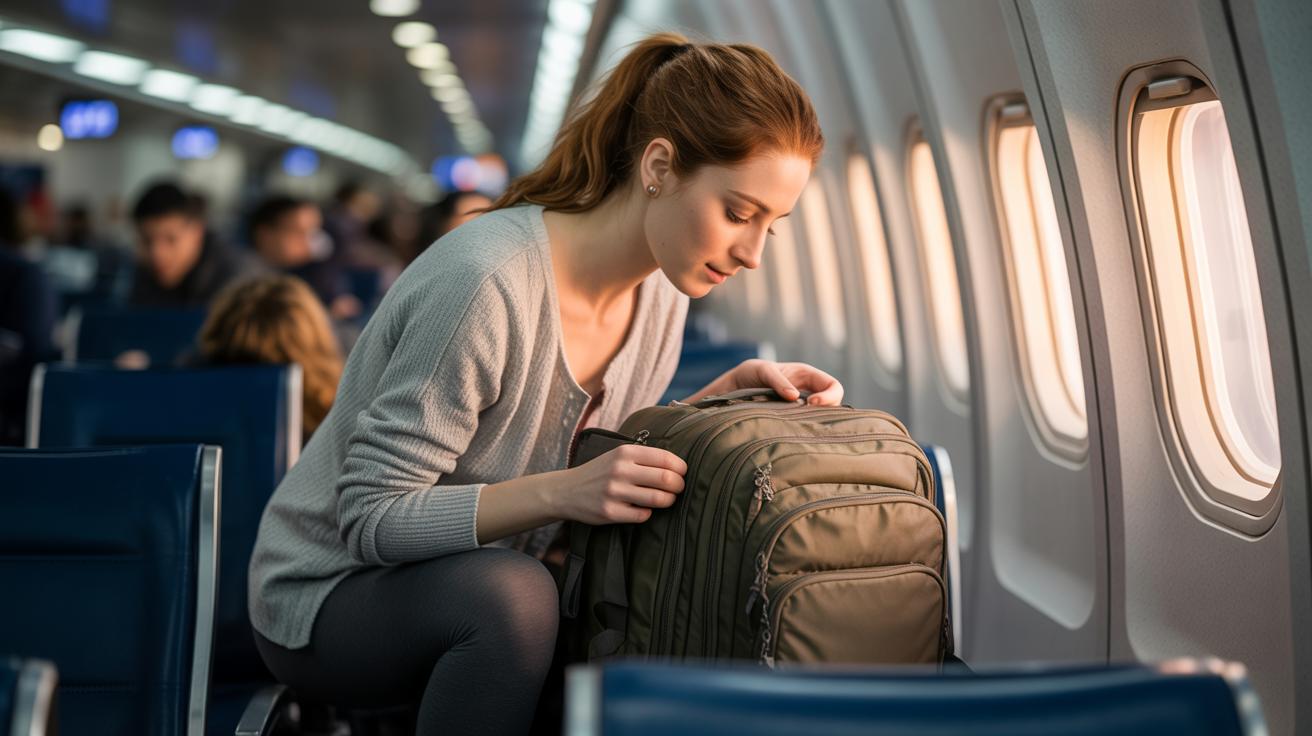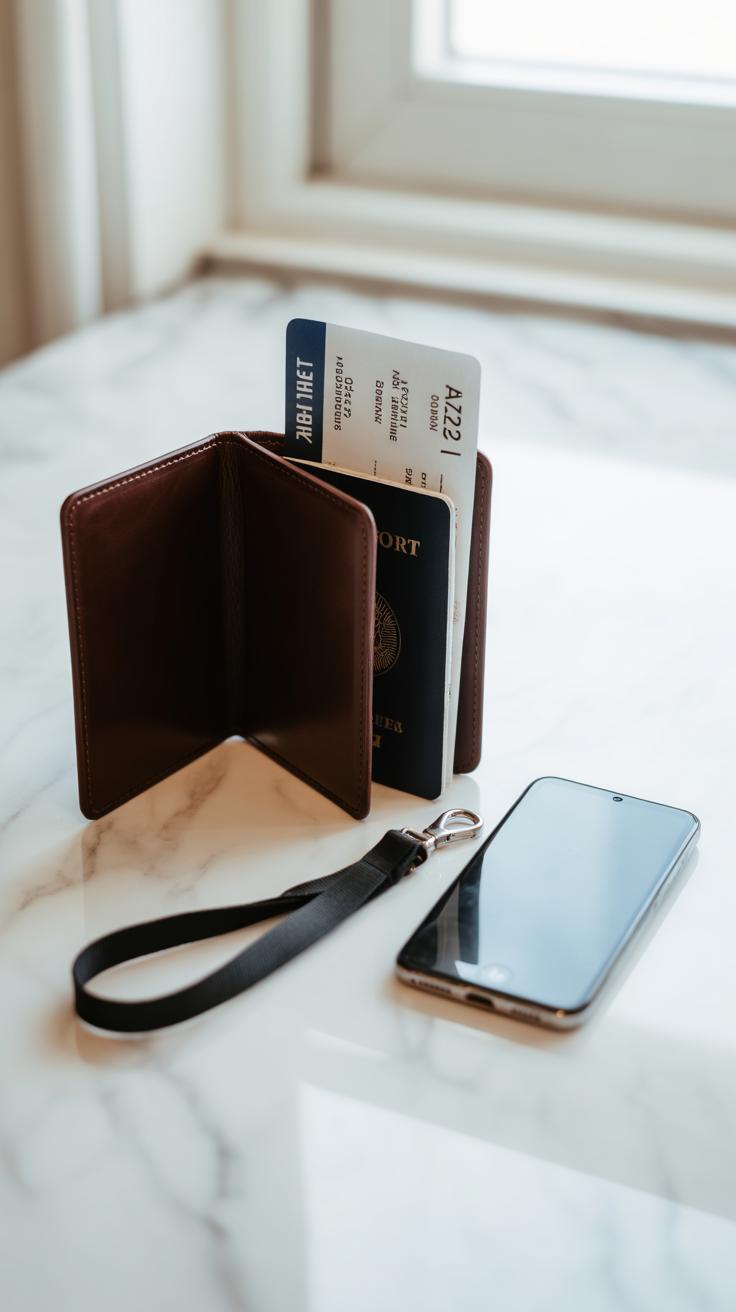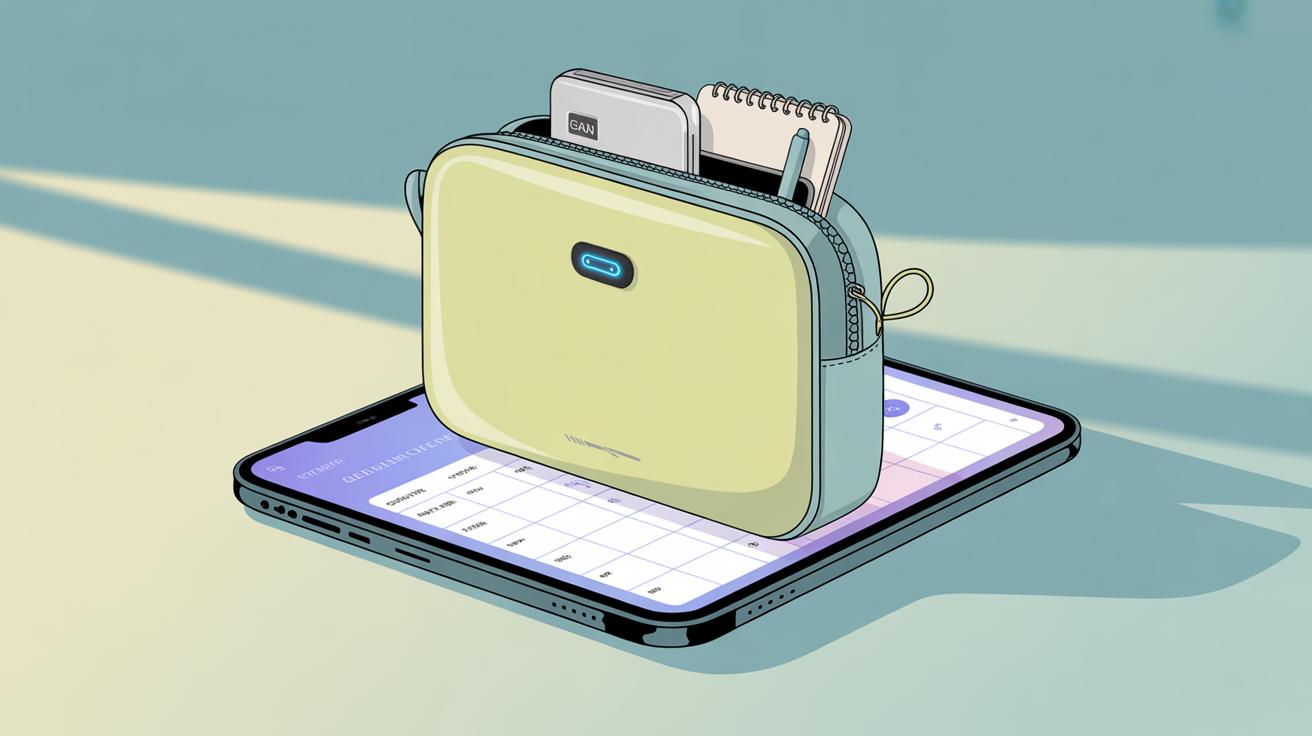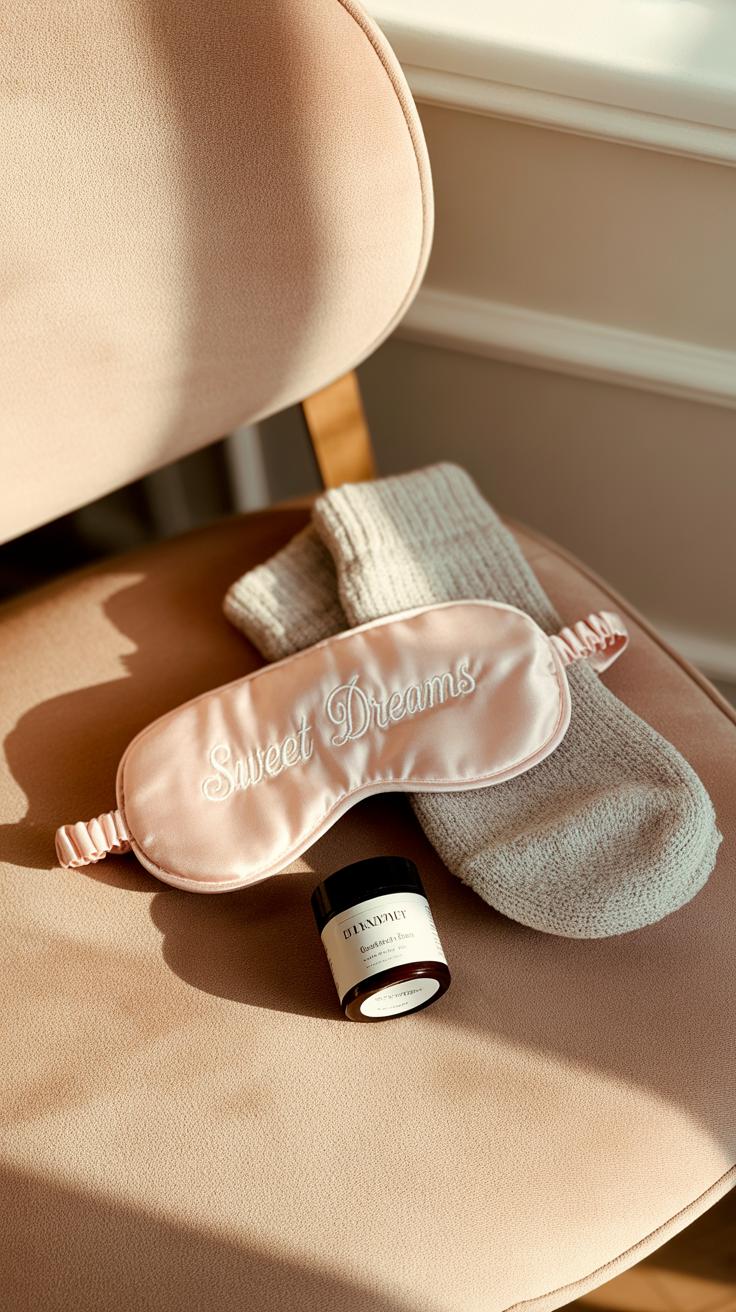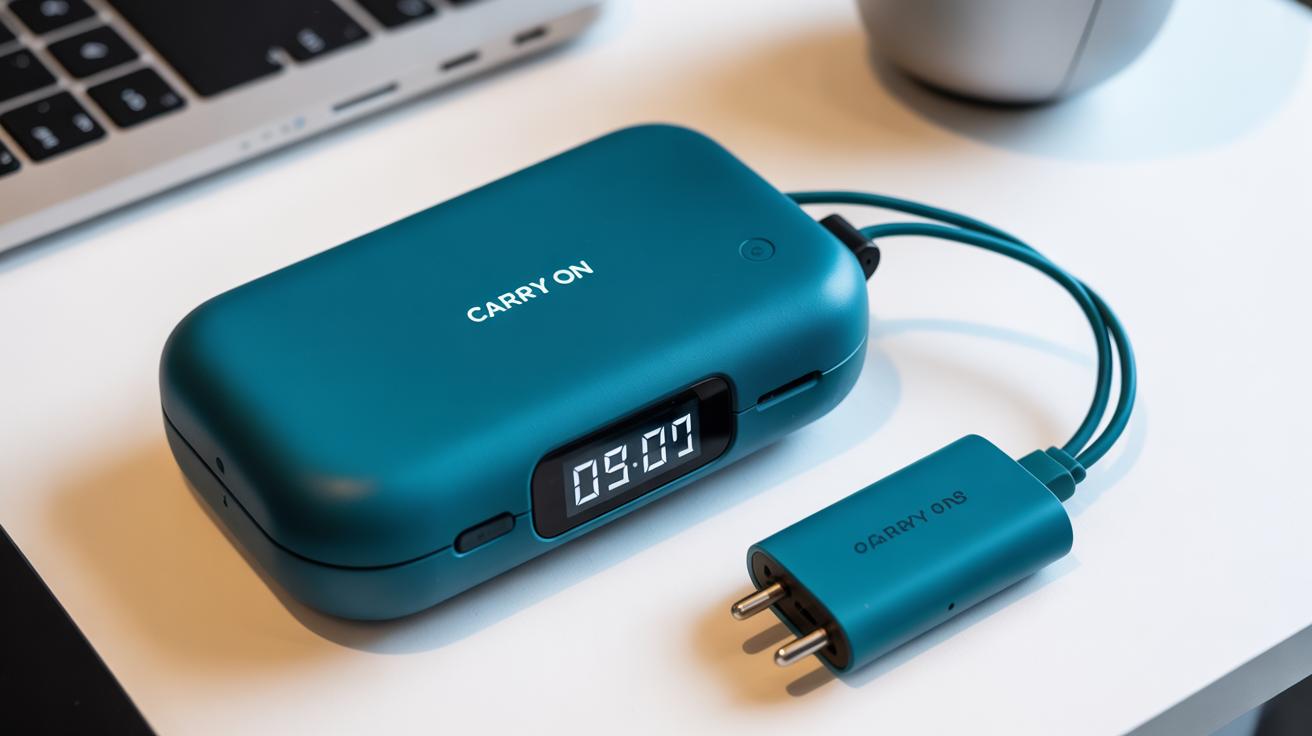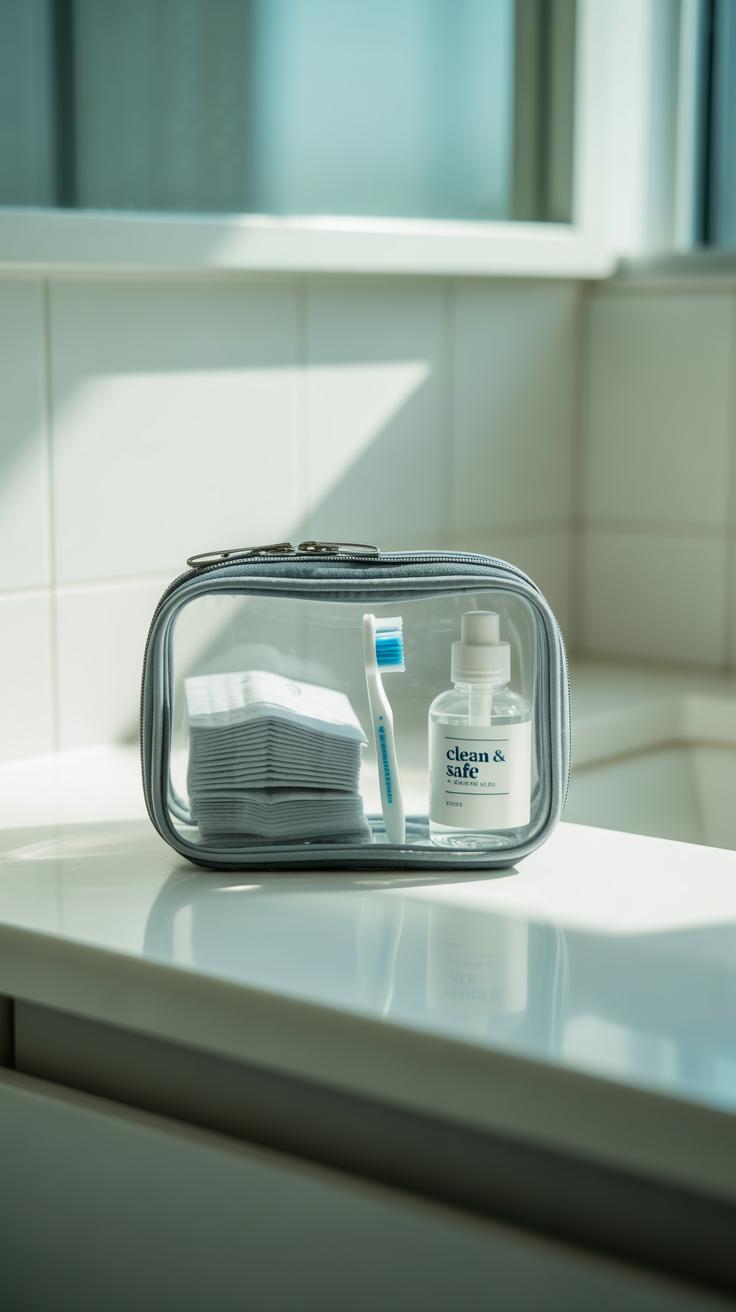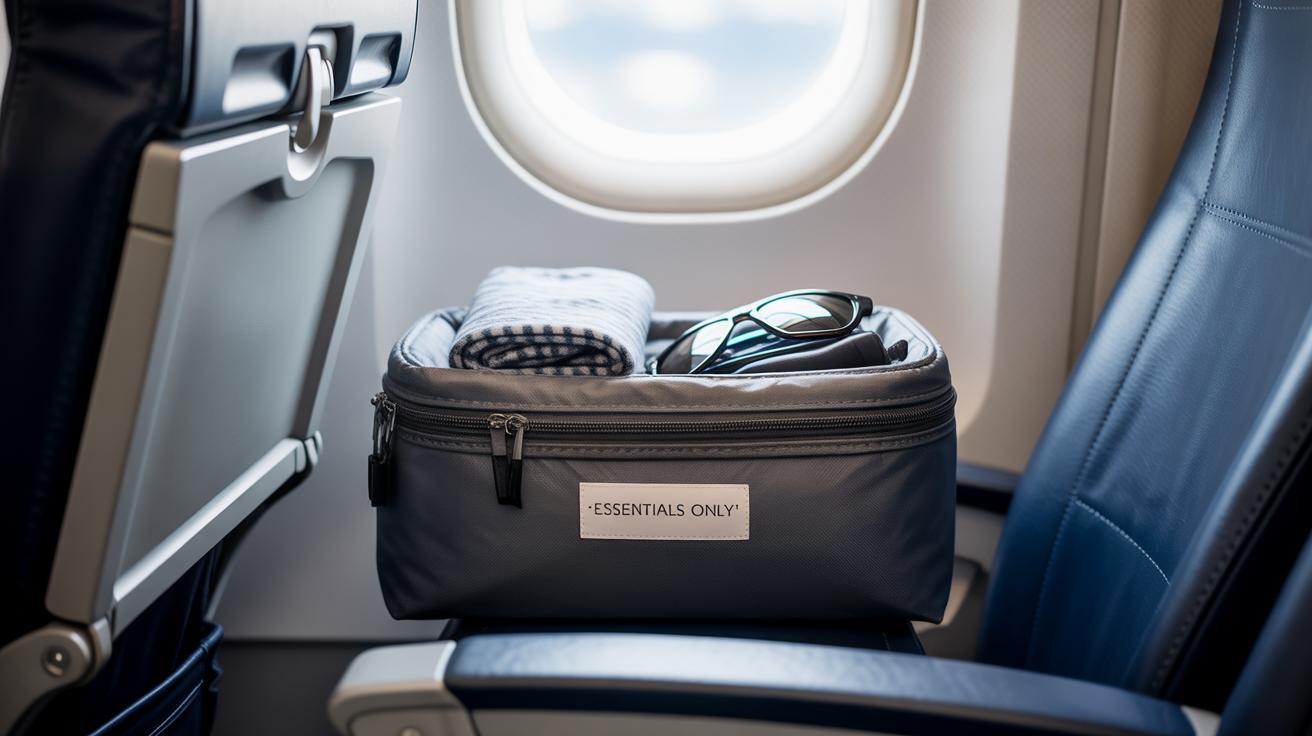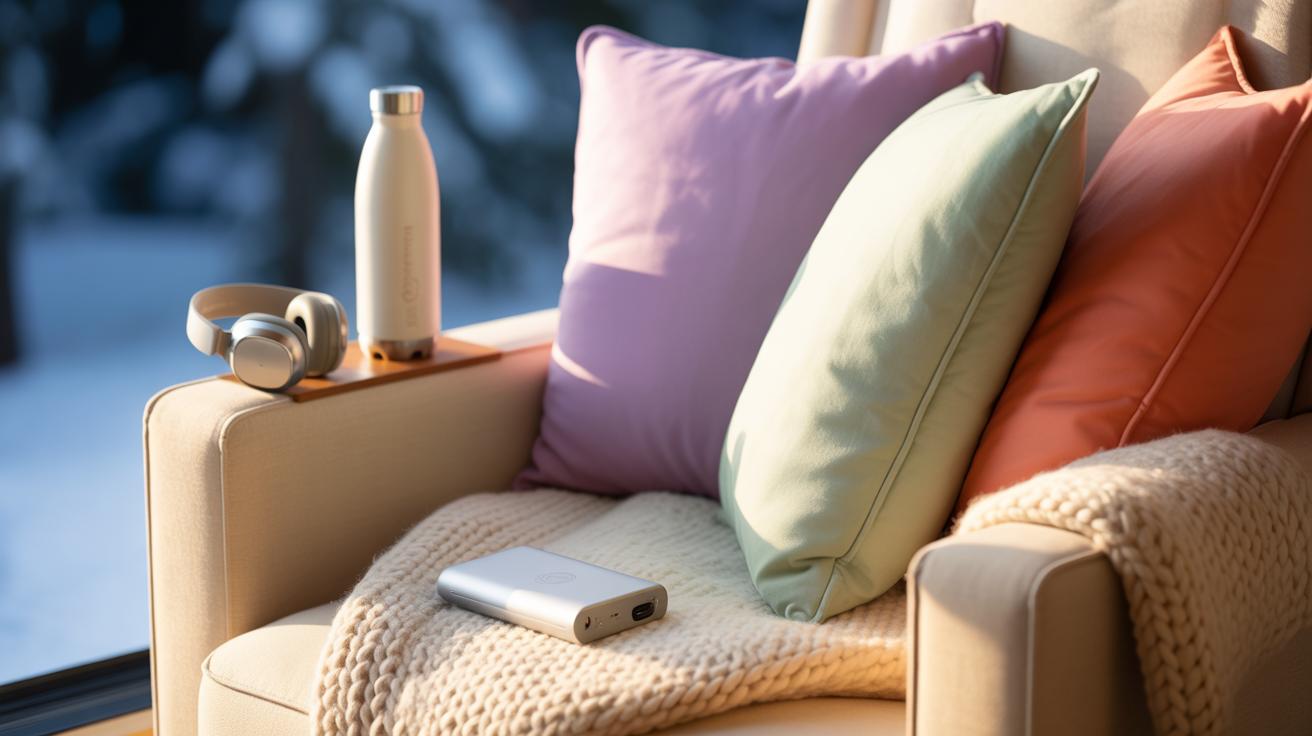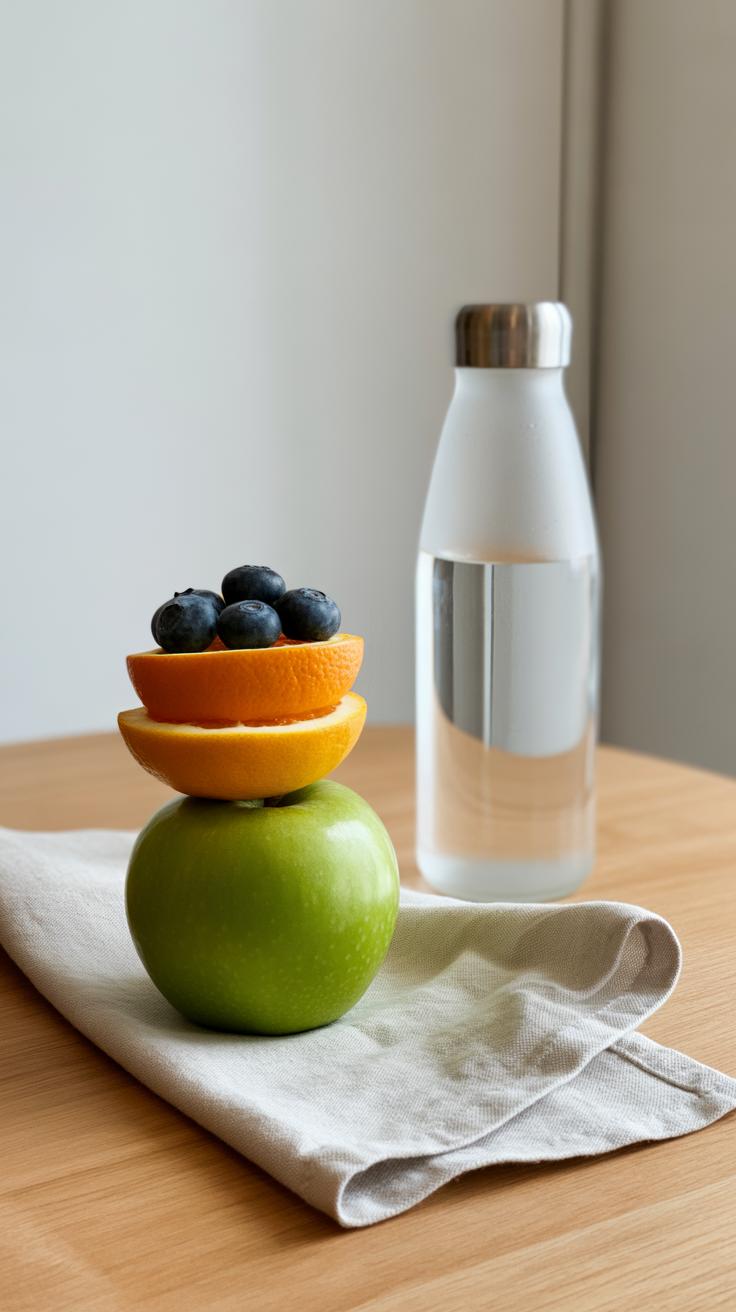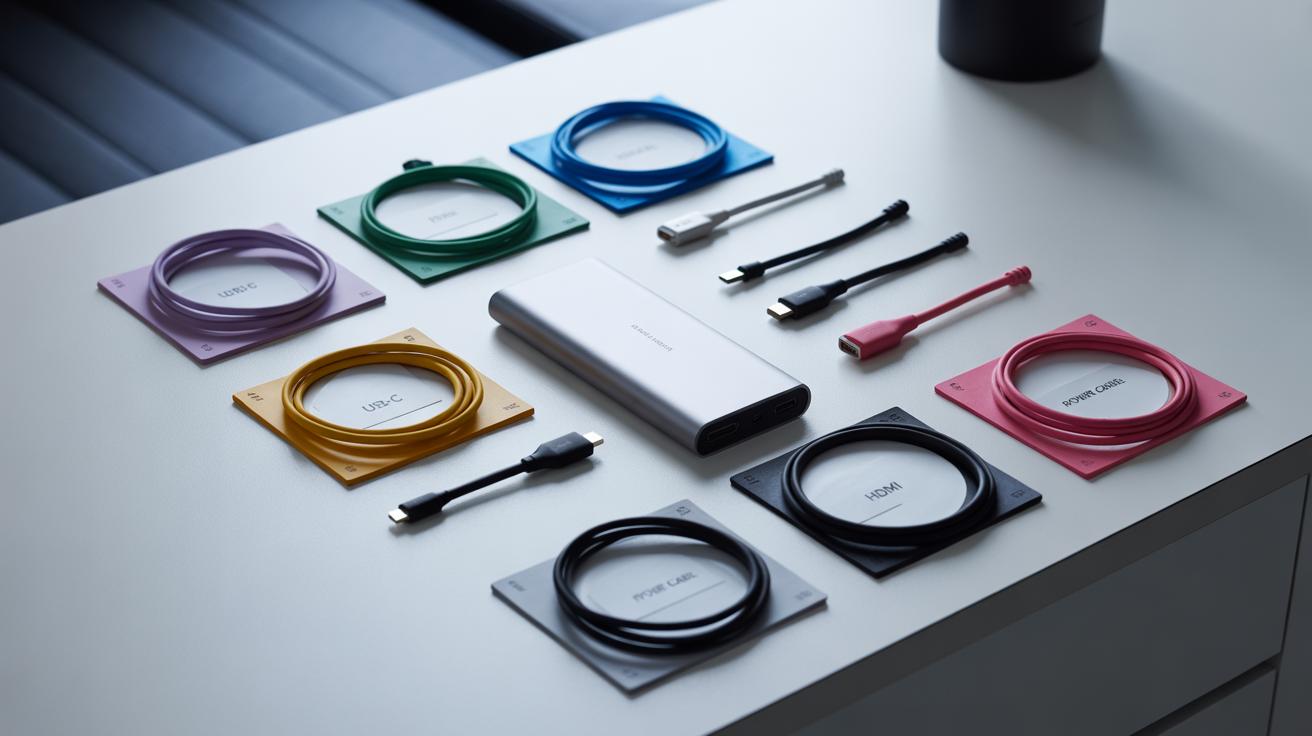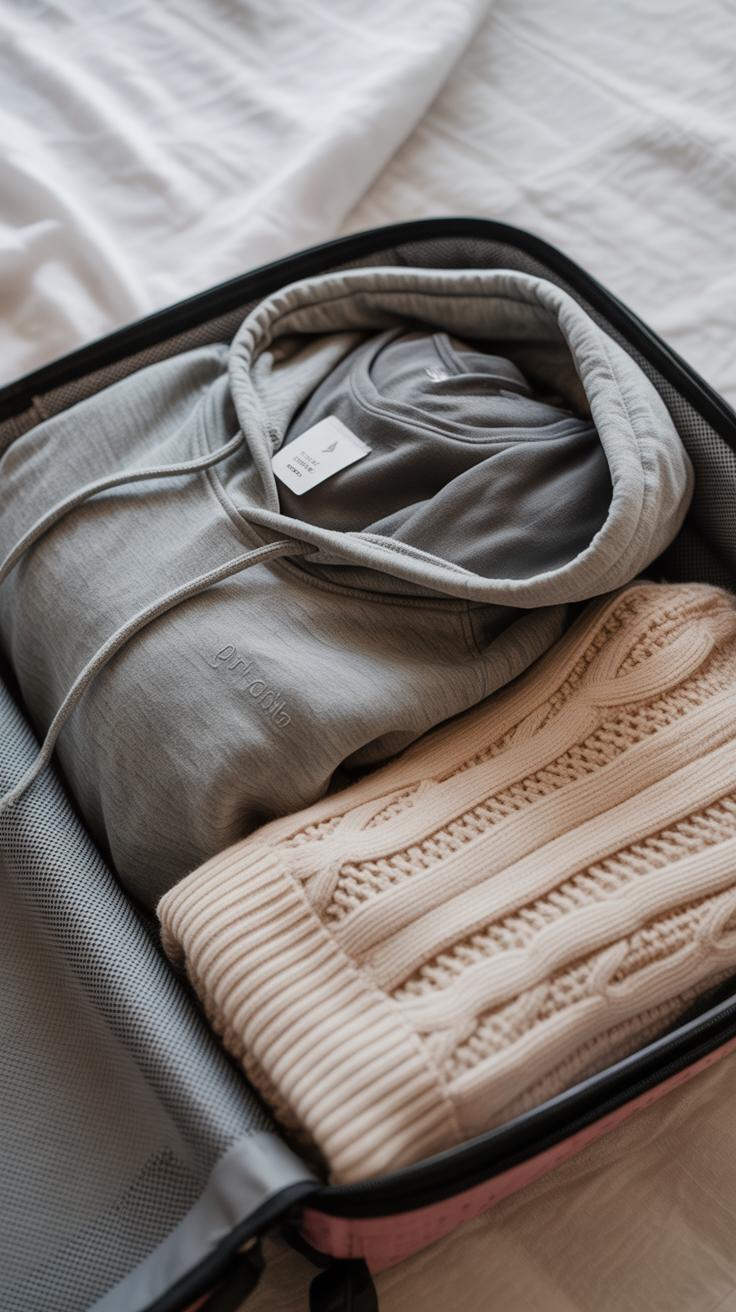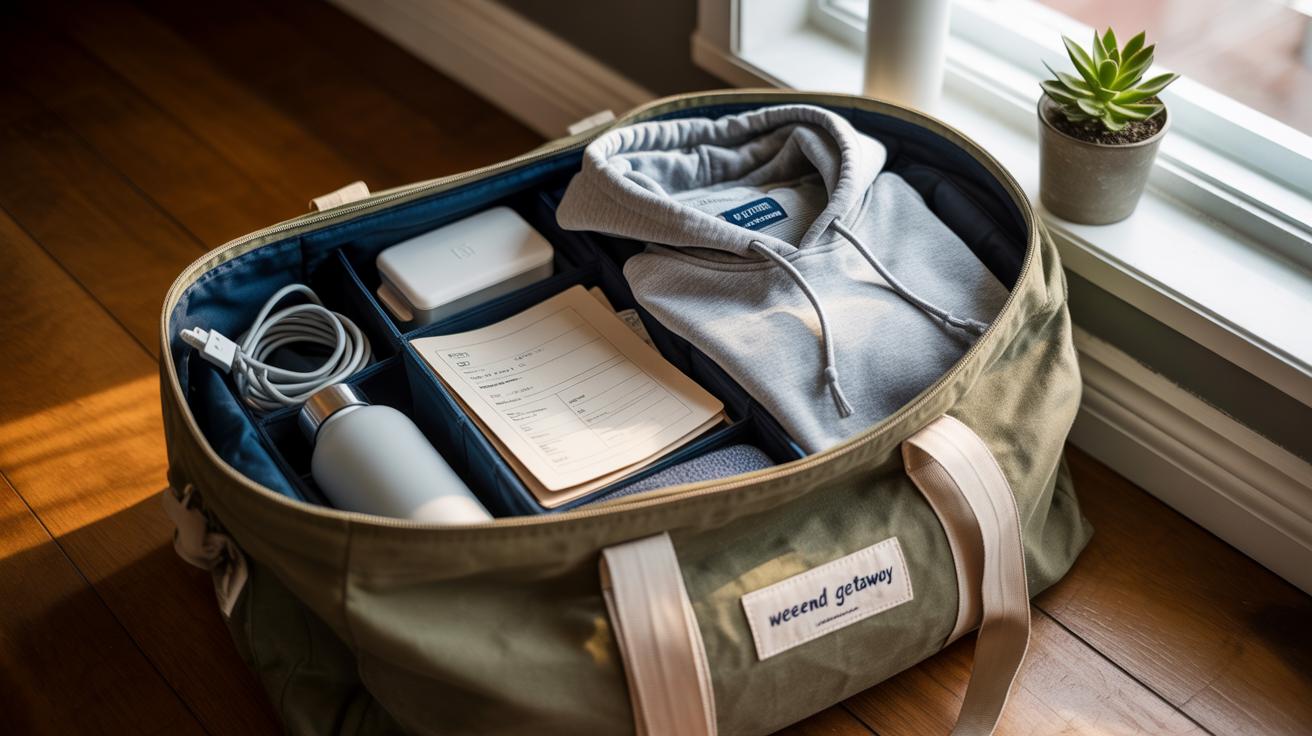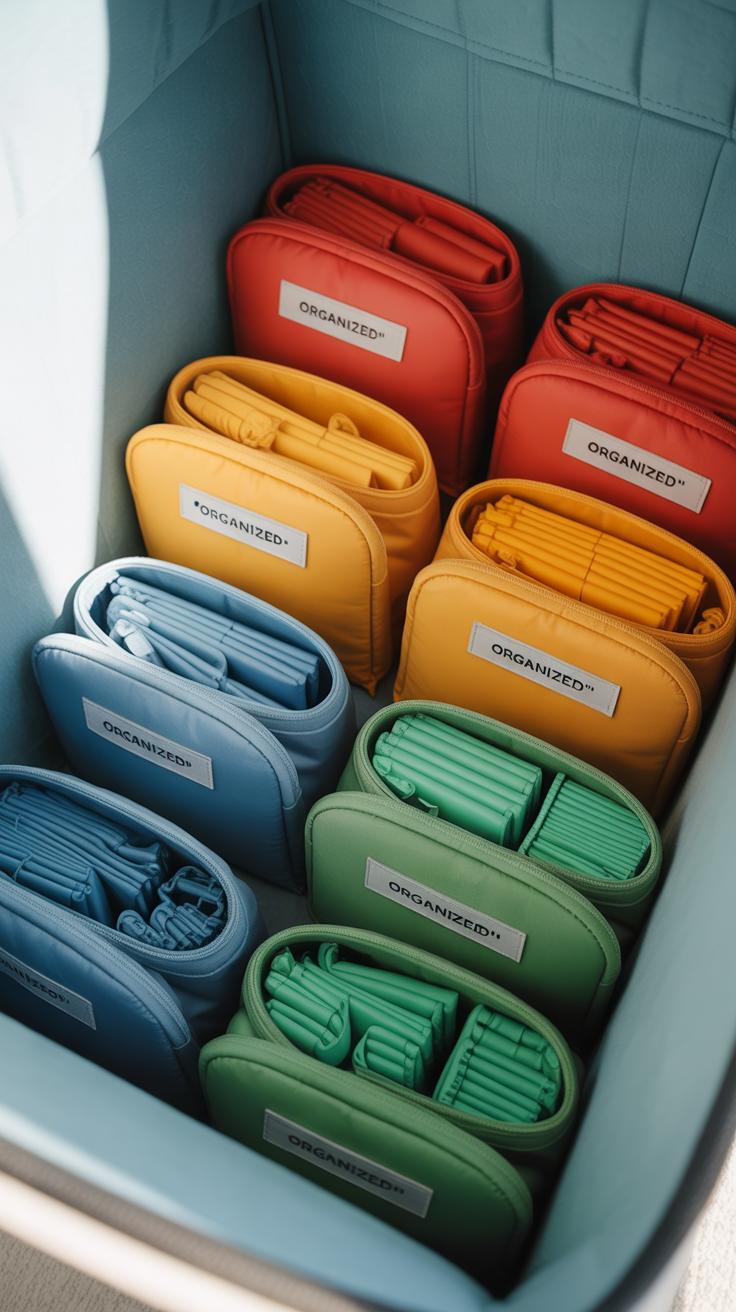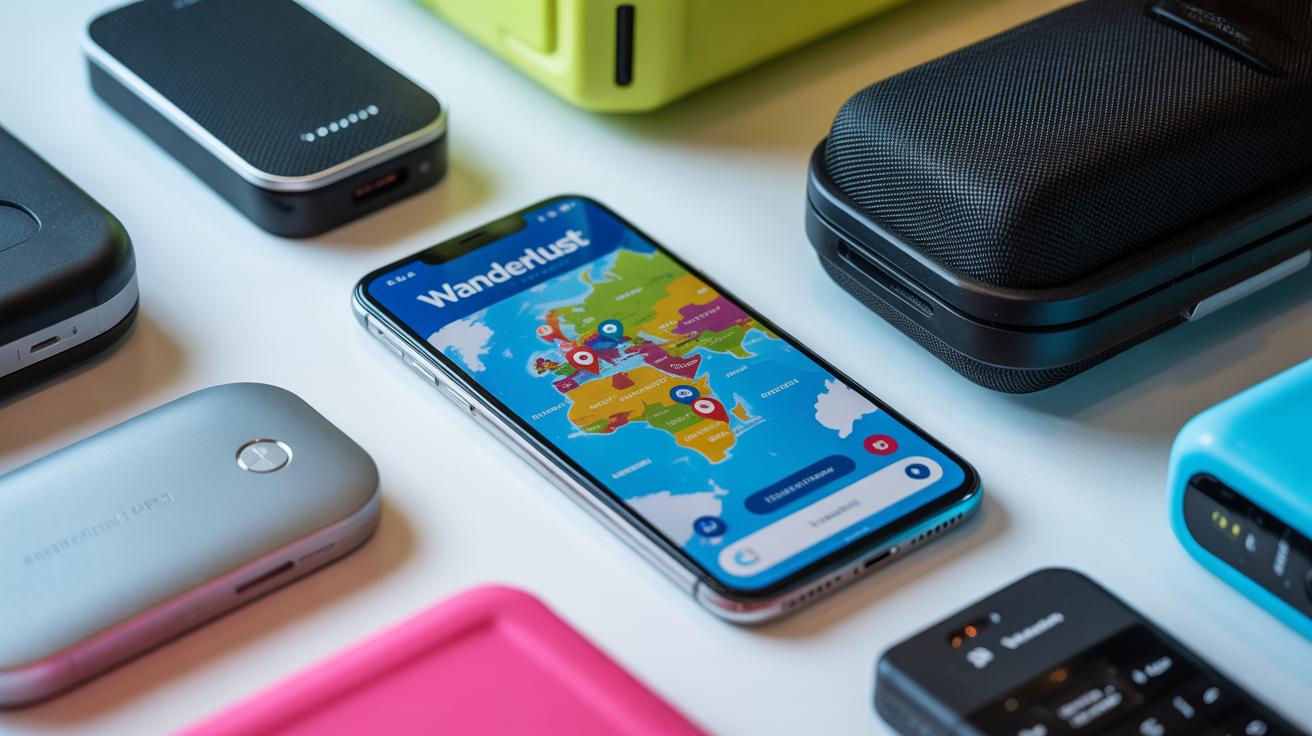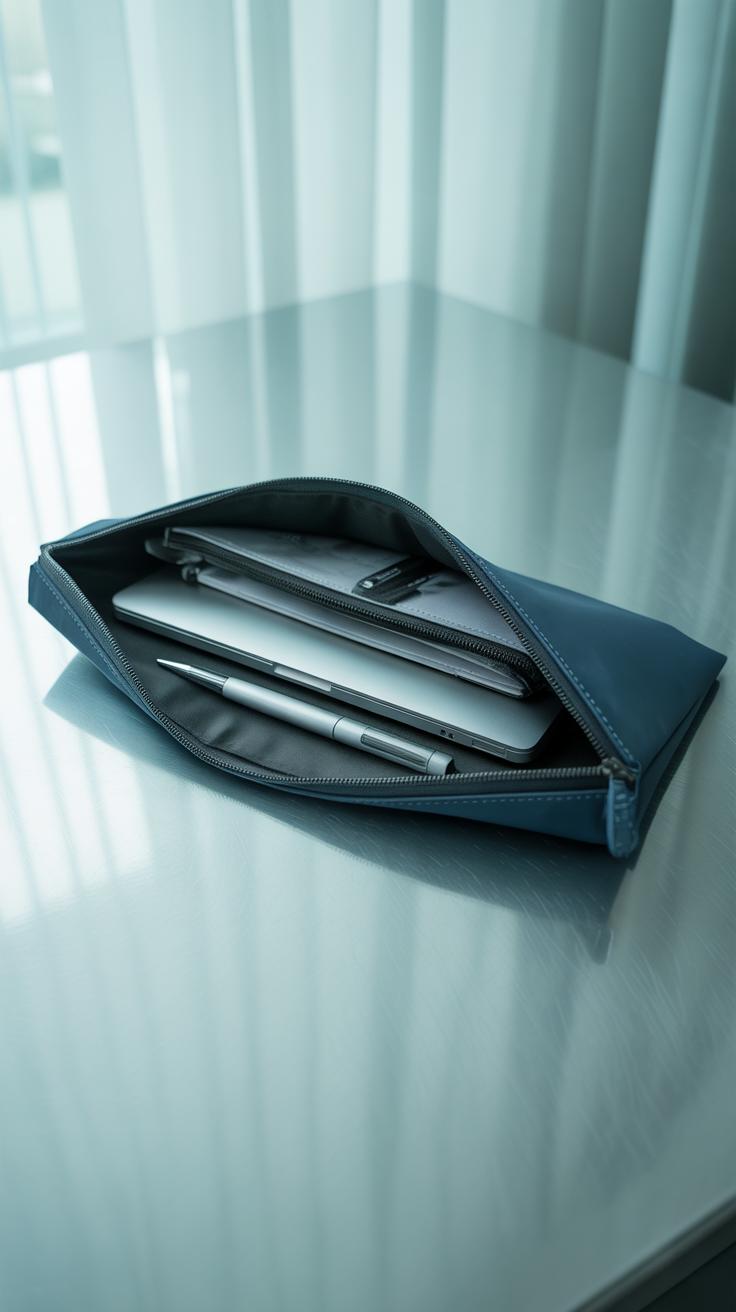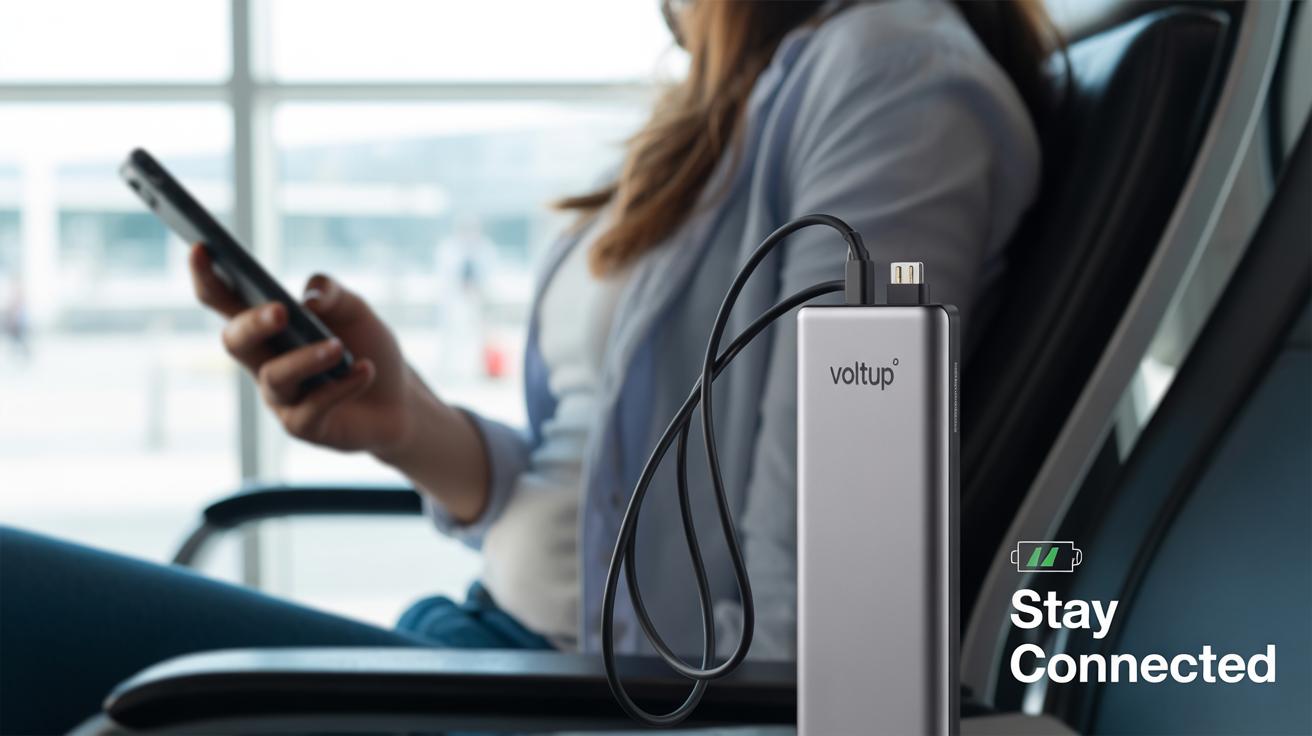Introduction
Flying can be tiring and stressful, but packing the right items in your backpack can make your journey more comfortable and smooth. Knowing what to bring helps you avoid last-minute rushes and ensures you have what you need within easy reach. In this guide, we explore the key items to pack in your backpack for a smooth flight experience.
From travel documents to personal comfort items, we cover practical and actionable packing tips. Whether you are taking a short domestic flight or a long international one, the right backpack content keeps you prepared and relaxed during your travel.
Travel Documents And Essentials
When I pack my backpack, I make sure all my travel documents are organized and easy to find. There’s nothing more stressful than scrambling for your passport or boarding pass at the wrong moment. Having these essentials right at hand can save you from unnecessary delays and hassle during check-in or security. I’ve learned that keeping everything in one dedicated spot helps—no digging through layers or emptying bags at crowded counters.
I use a thin folder or travel pouch inside my backpack, where I place my passport, boarding pass, driver’s license, and a printed copy of my travel insurance. Digital copies, too, are a lifesaver—apps on my phone often come in handy, especially if paper gets misplaced. But I still trust the physical copies more, even if that feels a bit old-school.
Some key documents I always keep with me:
- Passport (valid and with enough blank pages)
- Boarding pass (printed and app-based)
- Government-issued ID
- Visa if required by destination
- Travel insurance details
Before I leave, I double-check any extra documents my destination might ask for—sometimes there are last-minute changes, or extra forms needed. The goal is to avoid any surprises at the gate. You might even ask yourself, what if I mix up passports or forget a visa? That little preparedness can make or break your trip’s start.
Comfort Items For The Flight
Inside my backpack, I always pack a few comfort items that make a noticeable difference in how I feel during the flight. A neck pillow is near the top of that list. It’s not just a fluffy thing to rest on—choosing the right one means finding support that cradles your head without pushing it forward or leaving it loose to flop sideways. I’ve tried memory foam and inflatable types; the foam one lasts longer and supports better, but it’s bulkier. Inflatable is easier to pack, yet sometimes you have to adjust it mid-flight, which gets annoying.
Eye masks are another must-have; they block out cabin lights and that distracting glare from the screen ahead. I usually prefer softer fabrics that don’t press too hard on my eyes. Then there’s earplugs—they’re essential, especially if you’re seated near noisy engines or talkative passengers. They help drown out plane noise and create a quieter space for naps. Cozy socks might sound trivial, but cold feet on a flight can ruin comfort fast. Slipping into fuzzy socks resets my mood, especially when the cabin turns chilly without warning.
Would you consider these small items over gadgets? For me, these simple, tangible things bring a calmness that electronics can’t replace. They address noise, light, and physical comfort all at once—something often overlooked when packing.
Health And Hygiene Essentials
When I pack my backpack for a flight, I always make sure to include items that help me stay clean and healthy. Carrying hand sanitizer and wet wipes feels almost necessary now, especially since airports and planes can be breeding grounds for germs. I don’t always remember to wash my hands immediately after touching public surfaces, so having a small bottle of sanitizer handy helps me feel safer. Wet wipes come in handy too—not just for hands, but for wiping down tray tables or armrests when needed.
Face masks are another must, even if you’re not in a region that requires them. I find they come in useful when the cabin air feels stuffy or when I’m around a lot of people. Sometimes, I debate whether the mask makes me feel overly protected or just cautious enough, but I’d rather have it and not need it than the other way around.
Then there are medications. I tend to pack my daily prescriptions, but also basic health items, things like pain relievers, allergy medicine, and some band-aids. You’d be surprised how uncomfortable a small scrape or unexpected headache can make a flight. I also toss in a couple of antacids, just in case the in-flight meal doesn’t sit well—or if I end up snacking poorly. These little health items have saved me a few times, especially on long trips where access to a pharmacy isn’t exactly convenient.
Keeping Clean On The Go
Airports are busy places. Seats, railings, kiosks—everything feels touched by dozens of strangers. I like to use hand sanitizer after I touch anything that seems questionable. Just a quick squirt and rub, and I feel less wary about what I might have picked up. Wet wipes are great for a more thorough clean when bathrooms are packed or unappealing. If a tray table looks grimy, I give it a quick wipe before settling in. It’s a small step but makes a difference. You might wonder if all this is overkill. Sometimes I think so, but in those moments when someone sneezes nearby, I’m grateful to have these tools ready. It helps me keep some control over hygiene, which travel often takes away.
Packing Medications And Health Items
Here’s what I recommend you pack to handle health issues on the go:
- Prescription medications, always in their original containers
- Pain relievers like ibuprofen or acetaminophen
- Antihistamines for allergies or unexpected reactions
- Small first aid kit with band-aids, antiseptic wipes, and maybe a few gauze pads
- Antacids for digestion issues
- Motion sickness pills if you tend to feel queasy
When I pack these, I try to keep everything organized, in a small pouch or ziplock, so I’m not digging around mid-flight. It’s not always fun to think about health emergencies when you’re excited for a trip, but having these items gives me some peace of mind. You never know when you’ll need a bit of relief or quick care, and the last thing you want is to search endlessly through your backpack at 30,000 feet.
Entertainment And Electronics
When I pack my backpack for a flight, I never skip on the devices that keep me occupied. My smartphone and tablet come first—both loaded with movies, podcasts, and a few books for good measure. I like having options, but sometimes I end up just scrolling on my phone. That’s where noise-canceling headphones play a big role. They block out the plane noise, making it easier to focus or nap, though I admit they’re not perfect for everyone. If you’re sensitive to pressure changes or just want some quiet time, they might be worth the extra weight.
Choosing which devices to bring usually depends on the airline’s rules and the flight length. Some airlines allow in-seat charging, but others don’t, so I tend to pack lightweight gadgets that don’t drain batteries quickly. Tablets are especially handy—they provide a bigger screen without the bulk of a laptop.
Power solutions? Absolutely essential. A power bank stays in my backpack at all times. Without it, I’d be stuck watching the clock instead of my downloaded shows. Along with it, I carry a couple of charging cables that fit all my devices. It’s a bit of a hassle, but I prefer being prepared rather than hunting for outlets in crowded terminals or hoping the plane’s power works.
Snacks And Hydration
When it comes to packing my backpack for a flight, healthy snacks and a refillable water bottle are always front and center. Flights can stretch for hours, and airport layovers often come with limited and expensive food options. Bringing your own nourishment means less stress about hunger and fewer impulse buys.
I usually go for snacks that are easy to eat and don’t make a mess—things like nuts, dried fruit, or whole-grain crackers. Sometimes I toss in a protein bar or even some baby carrots. These options are not only nutritious but also avoid crumbs and stickiness, which I appreciate when seated in tight airplane spaces.
Drinking water during the flight is crucial. Airplane cabins dry you out faster than you might expect. Having a refillable bottle lets me top up after security and during layovers without relying on tiny, often pricey bottles. Plus, it reminds me to drink regularly, which is not something I’m always good at.
But there’s always the question—how much water is enough? I don’t think there’s a one-size-fits-all answer, but keeping the bottle handy helps me sip often without chugging large amounts at once, which feels better on the stomach during turbulence or takeoff.
Do you find yourself grabbing snacks mid-flight or wishing you had water on hand? Packing those basics often makes the difference between a restless, hungry trip and one where you feel a bit more settled.
Clothing And Layering
When I pack my backpack for a flight, I never overlook a good jacket or a scarf. Planes can be tricky—one moment it’s chilly enough to need a sweater; the next, you might feel warm enough to peel layers off. Having extra layers means you’re ready for both extremes without stuffing your bag full of bulky clothes.
I lean towards versatile pieces—things that fold small but still keep you comfortable, like a lightweight fleece or a thin, travel-friendly jacket. Scarves, too, do double duty: they’re easy to carry and, honestly, cozy around your neck when the air conditioning gets a bit aggressive.
Flight cabins are unpredictable with temperature swings. Sometimes, the air gets dry and cool, which makes layering an easy fix. I’ve found that wearing layers means I can adapt without feeling boxed in by heavy clothes or, conversely, freezing. Have you noticed how the temperature seems to drop just when you’re getting comfortable? That’s why I keep a jacket close by—it’s usually the difference between dozing off and shivering through the flight.
Organizing Your Backpack
When I pack my backpack, keeping things easy to find is almost as important as what I pack. Clutter kills the flow, especially when you’re juggling a boarding pass, phone, and maybe a snack all at once. That’s where packing cubes and small pouches come in. They separate items into neat compartments—electronics in one cube, toiletries in another, and cables tucked away in a tiny pouch. It’s surprising how these little dividers not only save space but also cut the stress of rummaging around.
Prioritizing what goes where is a bit of an art. I usually keep essentials like my passport, phone charger, and earbuds in external mesh pockets or top compartments. It might seem obvious, but when you’re in a hurry, those pockets turn into lifesavers. Less urgent stuff, like spare socks or an extra book, goes deeper inside. Sometimes I switch things up—like stuffing my noise-canceling headphones inside the laptop sleeve if I’m carrying a tablet. It’s a bit of trial and error figuring out what works best for your own flow.
Have you ever caught yourself digging endlessly for a small item, right as the plane starts boarding? This organization method tries to prevent that. But then again, sometimes you forget exactly where you put what. That’s part of the process—at least, I tell myself that, to feel better about the occasional mess inside the backpack.
Security And Airport Tips
Packing for security checks really shapes how smoothly your airport experience goes. I try to keep liquids in clear, resealable bags and make sure they’re within the 100ml limit. It’s a simple habit now, but the first time I forgot, it added more time and hassle than I thought it would. Electronics, like laptops and tablets, get their own easy-access compartment so I can pull them out without a scramble. Sometimes, I wonder if I’m overdoing it, but having everything ready makes me feel less rushed, even if the line is long.
Getting around the airport can be surprisingly tricky if you’re not prepared. I keep my travel documents—boarding pass, ID, sometimes vaccine cards—on top in a front pocket. Reaching for them quickly reduces that awkward fumbling when the agent asks. Checking gate changes as soon as I land at the airport also saves me from unexpected sprints. For tight connections, I map out the route or look up airport maps beforehand. Still, there’s that moment of doubt, isn’t there? Like, what if the app lags or the display boards glitch? But being somewhat ready helps keep things under control.
Conclusions
Having the right things in your backpack can change your travel experience for the better. Your essentials should cover health, comfort, and entertainment to keep you occupied and relaxed while you wait and fly. Packing smart also means space-saving and easy access to your items.
By carefully planning what goes in your backpack, you can reduce stress and enjoy your flight more. Think about what fits your needs best and pack accordingly. Each item has a purpose, helping you travel smoothly from start to finish.

